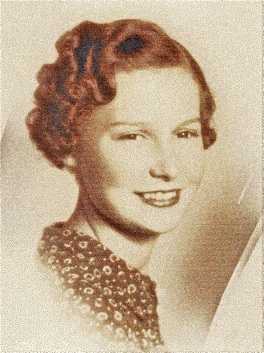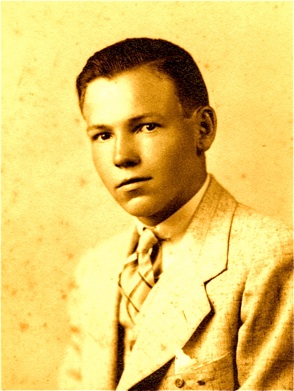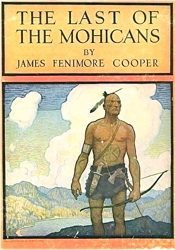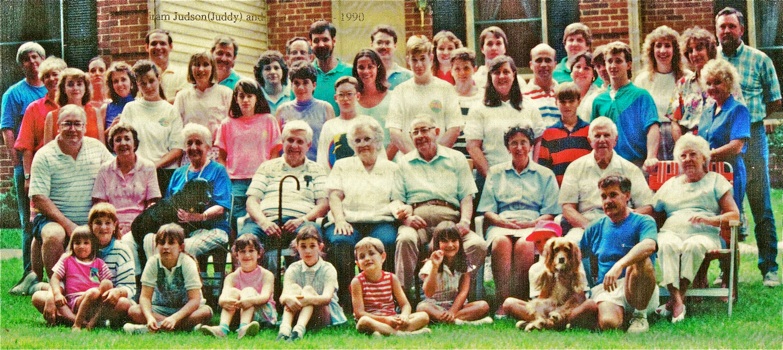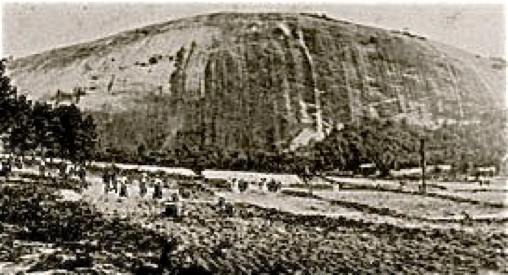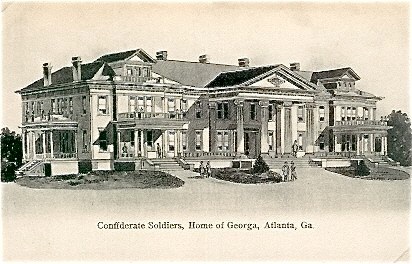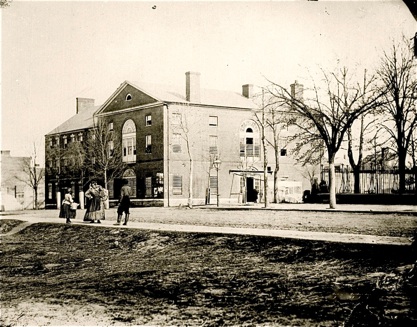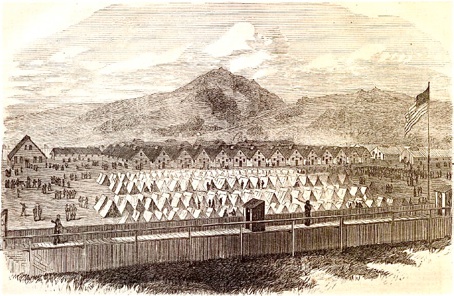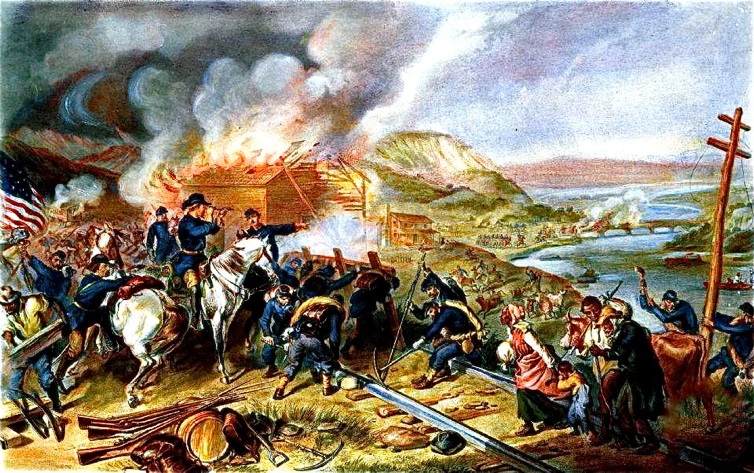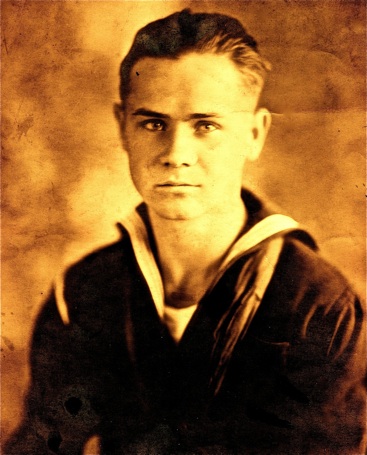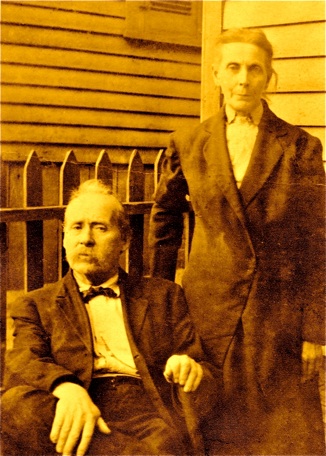I See Dead People
Gene Miller
gene.betty@gmail.com
In the mid 1990's, my Mother, Mildred Louise Snead Miller, lost her brother, sister, mother and husband over a 15 month period. Myrtle, her mother, died of old age. Benjie and Dorothy Lee had colon cancer.
Robert Eugene Miller, Sr., her husband of over 50 years, died of a brain tumor, the result of skin cancer on his face. Mildred Louise Snead Miller, was 75 years old; she lived alone.
About two years later, during a regular visit, I found that my Mother was quite depressed. Mildred said, “I feel like the last of the Mohicans. You remember, the movie, 1936, Randolph Scott, about a dying tribe which had only two native members and one adopted white man left.” I responded, “Mother, you are not the last. You are not alone. You have children, grandchildren and great-grand-children. You have family.” She said something very curious, “Son, it's not the same. When you lose all of the people you grew up with…your mother, your father, your brothers and sisters…the aunts and uncles, it feels, alone…very alone.” In an attempt at encouragement, I asked about other relatives that she might have out there…cousins maybe? Mildred said that she knew of none. She said, “I once asked my father about family and ancestors.” He said, “You don't want to shake that tree too hard. You never know what might fall out.” A strange remark, I thought.
I then suggested the internet. It was becoming very popular at that time. I began a search for her family connections. After a few months I found a woman in Chevy Chase, Maryland, whose age was within days of Mildred's age. This woman was the child of one of Mildred's mother's sisters---an actual cousin! I corresponded with a tech-savvy family member, and the two corresponded by “snail mail.” Mildred and my sister travelled to Maryland for a visit. In a later trip, she went to a family wedding in Kentucky. There she met lots of “distant” relatives named Snead. Mother had found her “tree” and it's “roots”!
Further research over the next few years revealed many interesting family members but most were dead people.
Mildred's great grandfather was John G. Snead. He lived in Stone Mountain Georgia with his wife Mary “Polly” Bryant. He was a farmer, school teacher and tutor. He was known to be trained in the beautiful “Copperplate” hand writing used by clerks and scribes in that time. He was the clerk for several Baptist Churches in the area. He had eight sons and five daughters. When the Civil War came along, four of the sons joined the “War of Northern Aggression” on the side of the Confederacy. One of the son's, Benjamin Bryant Snead, was wounded in battle. His chin was shot away by a “mini ball.” The only treatment available was to strap him to a bed and let water dribble over the wound until it healed over. Mildred had visited him in the Confederate Old Soldiers Home in Atlanta at the age of two but did not know his story or why (her only memory) he wore a large beard over his chin.
John G. Snead joined the Confederacy with his sons at age 58. This was probably a protective action for his younger son, James N. Snead. They served together and were both captured by the Union Troops at the Battle for Front Royal in Virginia, Aug. 16, 1864.
John and James were first sent to the Old Capitol Prison in Washington, D. C. Later they were transported to a new POW camp in Elmira, New York. The prison was intended to house 1,300 Confederate POWs but swelled to over double that. There were actually stages built overlooking the prison so that tourists could come and look at the “Rebel Prisioners.” Over fifty percent of the internees died of disease and malnutrition. James N. Snead was one of those who died at “Hell Mira,” as it was known. He is buried at the National Cemetary in Elmira, New York. John G. Snead was released at the end of hostilities in 1865. He died thirteen years later.
Another Great Grandfather was Judson Hiram Wade. He and his wife Cynthia Caroline Steward (Puss) lived near the Snead Family in Stone Mountain, Georgia. They had six daughters. Hiram also joined the Confederacy at the beginning of the war. Because he was well-educated, he became the company clerk and paymaster of his CSA unit. One spring, he was given a furlough to go home for spring planting as he had no sons to do the job. He overstayed his furlough and the “Home Guard” was sent to fetch him. When they discovered his predicament they gathered other furloughed soldiers and neighbors to finish the planting.
Cynthia Caroline writes, “When General Sherman commenced his terrible “March to the Sea” campaign through Georgia, we gathered up the children and a mule and retired to the ‘bottom lands’ outside of town. After the troops had passed, we returned home to find everything gone. We found an egg under the smokehouse, which was given to the baby.” Hiram fought through many battles but was killed at the “Battle before Richmond.”
Cynthia writes, “I learned that Hiram had been wounded. I went to catch the train at Decatur to be with him (many wives went to the hospitals to care for their wounded). An officer recognized me and told me that Hiram had died three days before.” Cynthia went back home to raise five small girls with nothing. Hiram Wade is buried at Hollywood Cemetery at Richmond,VA. I visited his grave in 2014.
Benjamin Franklin (my grandfather. Mildred's Father, Francis Marion and Dicey Ann's Son)>
<Francis Marion and Dicey Ann Snead. Mildred’s grandparents
One of Hiram and Cynthia ' s girls, Dicey Anne Wade, married one of John G. Snead's boys, Francis Marion Snead. Their youngest son, Benjamin Franklin Snead, is Mildred's father…my Grandfather.
This was an unknown story to Mildred. The Sneads and the Wades lived through the horrors of the Civil War. They were left in poverty with bleak expectations for the future for generations to come. The pain was so great that members chose to forget their past and the people and experiences in it. Their story is repeated time and again through all branches of our family. Success and failure, hope and despair. My search for a lonely woman's connection with those she had lost has opened the door to hundreds of stories. I now have over 850 people in my online family tree and connections with nearly 250 like-minded people who share my DNA and family as cousins.
This is a story about dead people, but the finding of the story and the telling of it makes them live again.
enough
